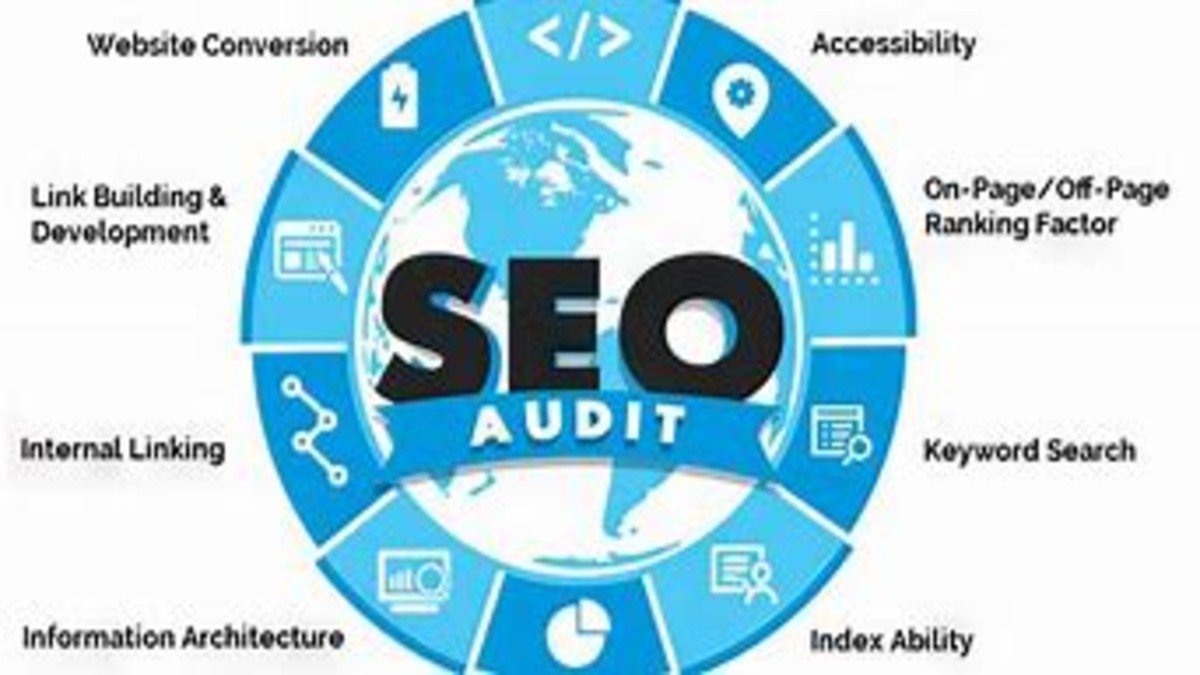business
Local SEO Audit: A Complete Guide to Boost Your Local Search Rankings

If you’re running a business that depends on local customers like a restaurant, dental office, or law firm then a Local SEO Audit isn’t just helpful, it’s essential. It’s the roadmap that shows you how to dominate local search results, drive traffic to your business, and beat out nearby competitors.
Let’s dive into what a local SEO audit is, why it matters, and how you can do one step by step.
What Is a Local SEO Audit?
A local SEO audit is a systematic process that evaluates how well your business ranks in local search and identifies ways to improve your visibility. It analyzes your business presence across various local channels like Google Maps, directories, local backlinks, and more.
Why Is a Local SEO Audit Important?
- Gain Local Visibility: Appear in the coveted “Local 3-Pack” on Google Maps.
- Attract Local Customers: 78% of local mobile searches result in an offline purchase.
- Outrank Competitors: Discover weaknesses in your competitors’ strategies.
- Increase Revenue: More foot traffic = more sales.
Signs You Need a Local SEO Audit
- Your business doesn’t appear in Google Maps or local search.
- Competitors are outranking you for key local terms.
- Your Google Business Profile is incomplete or unoptimized.
- You’ve seen a drop in website traffic or calls.
Step-by-Step Local SEO Audit Checklist
1. Check Your Google Business Profile (GBP)
Is it claimed and verified?
Make sure you’ve claimed your Google Business Profile and verified ownership.
Are the details accurate?
- Business name, address, and phone (NAP) should match your website.
- Choose the right categories and add your service areas.
- Include business hours, photos, and a compelling description.
2. Audit Your Local Listings (NAP Consistency)
Your Name, Address, Phone number (NAP) must be:
- Consistent across all directories (Yelp, Bing Places, Yellow Pages).
- Free from typos or outdated information.
Use tools like Moz Local or BrightLocal to scan your listings.
3. Analyze Local Keyword Usage
Are you targeting the right keywords with local intent?
Examples:
- “Best pizza in Brooklyn”
- “24-hour plumber Los Angeles”
Use tools like Google Keyword Planner or Ubersuggest to find high-volume, geo-targeted keywords. Ensure they’re present in:
- Page titles
- Meta descriptions
- Header tags
- Content
4. Evaluate On-Page SEO
Check these elements on your website:
- Title Tags: Include city and service keywords.
- Meta Descriptions: Write unique, keyword-rich descriptions.
- Header Tags (H1, H2): Use structured headers with relevant terms.
- Location Pages: Create separate pages for each location if applicable.
5. Review Your Website’s Mobile-Friendliness
Since most local searches are on mobile devices, your site must:
- Load fast (under 3 seconds)
- Be responsive
- Have clear CTA buttons (click-to-call, directions)
Use Google’s Mobile-Friendly Test to check performance.
6. Evaluate Your Online Reviews
Google factors in both review quantity and quality in local rankings.
Ask yourself:
- Are you consistently receiving new reviews?
- Are you responding to reviews—both good and bad?
- Are your reviews positive on platforms like Yelp, Facebook, and BBB?
7. Audit Local Backlinks
Local links are like votes of confidence for your business.
Look for backlinks from:
- Local news outlets
- Chambers of commerce
- Community blogs
- Local sponsorships
Use tools like Ahrefs or SEMrush to discover existing links and opportunities.
8. Track Local SEO Metrics
Use Google Analytics and Google Search Console to monitor:
- Local keyword rankings
- Organic traffic from local queries
- Bounce rate and dwell time
- Conversion goals (form submissions, calls)
Conclusion
A thorough Local SEO Audit is your first step to capturing more customers in your area. By fixing technical issues, optimizing your listings, and building a strong local presence, you put your business in a position to grow sustainably and compete with confidence.
Local SEO isn’t a one-time job. It’s a cycle of auditing, optimizing, and tracking. The businesses that do it best are the ones showing up first on Google and winning the hearts (and wallets) of local customers.
FAQs
1. How often should I perform a local SEO audit?
Every 3 to 6 months is ideal, or anytime you notice a drop in traffic or rankings.
2. Can I do a local SEO audit myself?
Yes! With the right tools and checklist, even beginners can audit their local SEO effectively.
3. What’s the difference between local SEO and traditional SEO?
Local SEO focuses on geographically-specific searches, while traditional SEO targets broader, often global audiences.
4. Do reviews really impact my local rankings?
Absolutely. Google considers both the quality and frequency of reviews as part of its local ranking algorithm.
5. What’s the most important part of a local SEO audit?
Your Google Business Profile and NAP consistency are foundational. Without those, the rest won’t matter much.

 tech3 weeks ago
tech3 weeks agoExploring the World of AI Creativity Through ai-work-archives-ghaus-editz

 business1 month ago
business1 month agoExploring the Rise of Sichuan Tong Dao Technology Co Ltd in China’s Tech Industry

 tech1 month ago
tech1 month agoEmpowering Digital Innovation: Anantax Technologies Pvt Ltd at the Forefront of IT Solutions

 tech1 month ago
tech1 month agoThe Ultimate Guide on How to Run Star Technology Modpack Server Minecraft

























